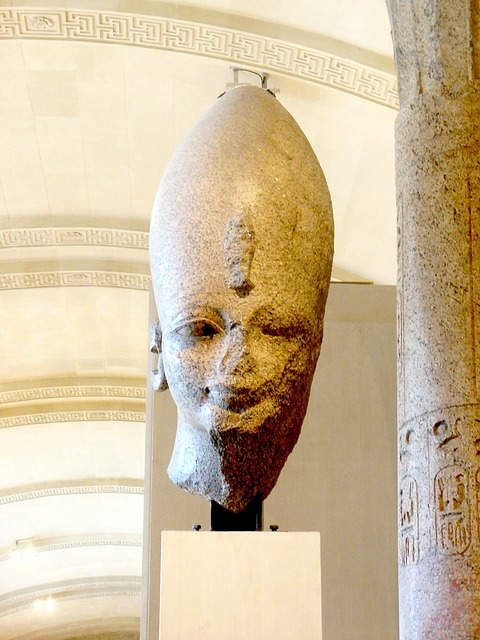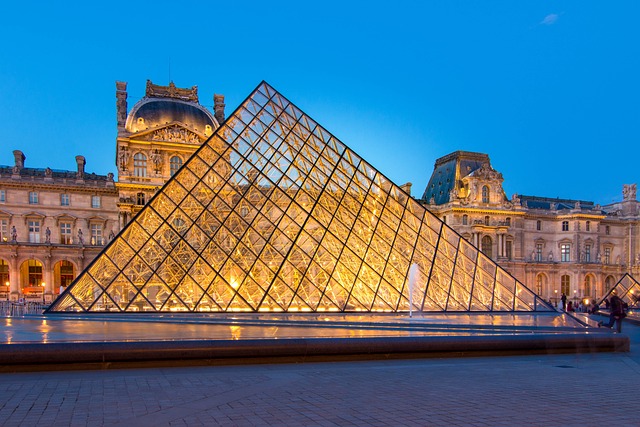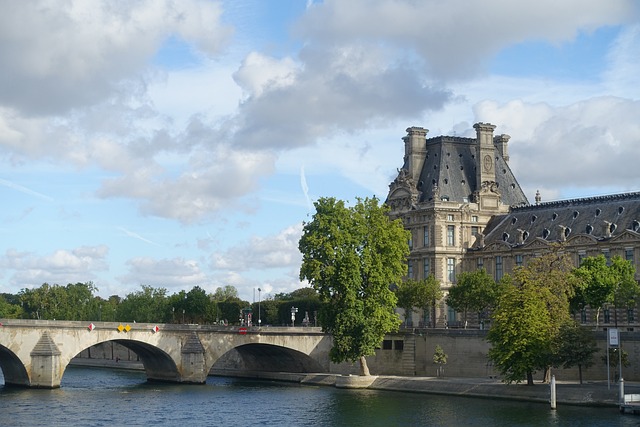Unveiling the Artistic Treasures of the Louvre
The Louvre, an iconic symbol of French culture and art, stands tall as the world’s largest art museum and a historic monument in Paris. Housing thousands of works from different cultures and periods, it is not just a repository of art; it is a testament to human creativity and a beacon of history, sheltering masterpieces that have shaped, reflected, and influenced societies for centuries. This article endeavors to unveil the artistic treasures of the Louvre, exploring its vast collections, the stories behind the artworks, and the cultural significance they hold.
A Brief History of the Louvre
The Louvre’s journey began in the late 12th century when it was built as a fortress by King Philip II. Over the centuries, it evolved from a royal palace, housing French monarchs, to a museum, officially opened in 1793 during the French Revolution. The Louvre has undergone numerous renovations and expansions, most notably with the addition of the glass pyramid entrance designed by architect I. M. Pei in 1989, which has become a modern emblem of the museum.
Navigating the Collections
The Louvre’s vast collection is divided into eight departments, each showcasing diverse artworks spanning over 7,000 years of history. These departments include Near Eastern Antiquities, Egyptian Antiquities, Greek, Etruscan, and Roman Antiquities, Islamic Art, Sculptures, Decorative Arts, Paintings, and Prints and Drawings. Together, they present an encyclopedic survey of global art, making the Louvre an unparalleled destination for art lovers and historians alike.
Antiquities: Echoes of the Past
The antiquities sections are a journey back in time. The Egyptian Antiquities department boasts an impressive array of artifacts, including mummies, sarcophagi, and everyday items from ancient Egyptian civilization. One of the highlights is the Seated Scribe, a life-sized statue that captures the importance of literacy and education in ancient Egypt.
In the Greek, Etruscan, and Roman Antiquities department, visitors are greeted by the grandeur of ancient sculptures. The Venus de Milo, with its missing arms, has captivated audiences since its discovery and is often regarded as a symbol of beauty and femininity. Another notable piece is the Winged Victory of Samothrace, an awe-inspiring Hellenistic sculpture that commemorates naval victories, poised dramatically at the top of the museum’s grand staircase.
The Decorative Arts: A Glimpse into Daily Life
The Decorative Arts section transports visitors into the elegant world of French and European decorative arts. It features lavish pieces such as furniture, tapestries, and ceramics that epitomize various styles from the Renaissance through the 19th century. The stunning Lyons Tapestry not only showcases incredible craftsmanship but also provides insights into the historical narratives and themes that permeated European art during its time.
Paintings: The Masters of Brush and Color
No discussion of the Louvre would be complete without acknowledging its extraordinary paintings collection. With over 7,500 paintings, it is home to some of the most celebrated masterpieces in art history. The Mona Lisa, perhaps the museum’s most famous painting, draws millions of visitors each year. Leonardo da Vinci’s enigmatic portrayal of a woman with a captivating smile has sparked fascination and debate for centuries, symbolizing the intersection of art and mystery.
Additionally, the Louvre houses works by masters like Vermeer, with The Lacemaker, and Delacroix’s Liberty Leading the People, a powerful allegorical painting that commemorates the July Revolution of 1830. Each piece tells a story of its time, capturing the essence of human emotion, societal transitions, and artistic innovation.
Islamic Art: A Tapestry of Cultures
The department of Islamic Art is a relatively recent addition to the Louvre, having opened in 2012. This section reflects the diversity and richness of cultural production across the Islamic world, spanning from Spain to India. The collection features intricate ceramics, textiles, and calligraphy. The Alhambra Tiles stand out for their geometric beauty and historical significance, showcasing the intricate artisanal techniques that have persisted through centuries.
Modern Art and Continuing Influence
While the Louvre primarily focuses on historical works, its collections do contain modern art pieces, especially in the context of 19th-century works. Artists like Gustave Courbet and Edouard Manet challenge the ideals of their time, leading the charge toward modernity. The Olympia by Manet, for instance, created a stir upon its release in 1863, as it confronted the traditional representations of women in art.
Visitor Experience: Beyond the Artworks
A visit to the Louvre extends beyond simply admiring its artworks. The museum is equipped with a range of facilities to enrich the experience, such as guided tours, audio guides, and interactive exhibits. The Louvre also hosts temporary exhibitions that explore specific themes, artists, or periods, inviting returning visitors to experience something new and fresh each time.
Educational Programs and Outreach
Education is integral to the Louvre’s mission. The museum offers a plethora of educational programs for schools and individuals to engage with art and history critically. Workshops, guided tours, and lectures foster a deeper understanding of the collections, bridging the gap between the past and the present. Additionally, the Louvre’s online platform offers virtual tours and resources, making its treasures accessible to a global audience.
The Cultural Significance of the Louvre
The cultural significance of the Louvre transcends its role as a museum. It stands as a symbol of France’s commitment to art, history, and education. Its collections reflect the interplay of cultures through historical movements, emphasizing the universality of artistic expression. The Louvre also plays a crucial role in international diplomacy and cultural exchange, participating in collaborative exhibitions and partnerships with museums worldwide.
Challenges and Preservation Efforts
However, the Louvre faces challenges in preserving its masterpieces for future generations. Environmental factors, climate change, and the sheer number of visitors can strain the integrity of the artworks. The museum employs state-of-the-art conservation techniques and practices to monitor and maintain the conditions of the artworks, ensuring that they remain in optimal condition for viewing and study.
Conclusion: A Journey of Discovery
In conclusion, the Louvre is not merely a museum; it is a vast universe of artistic treasures waiting to be explored. Each corridor and gallery offers a window into different eras, cultures, and philosophies, enriching our understanding of the human experience. Whether one finds joy in the delicate strokes of a painting, the grandeur of a sculpture, or the intricate designs of decorative arts, the Louvre fulfills its promise as a sanctuary for art enthusiasts, historians, and casual visitors alike.
As we immerse ourselves in the masterpieces curated within its walls, we partake in a collective journey of discovery, connection, and appreciation for the artistic endeavors that have shaped our world. The Louvre stands as a guardian of this legacy, inviting all to witness the treasures of humanity’s creativity and resilience.


